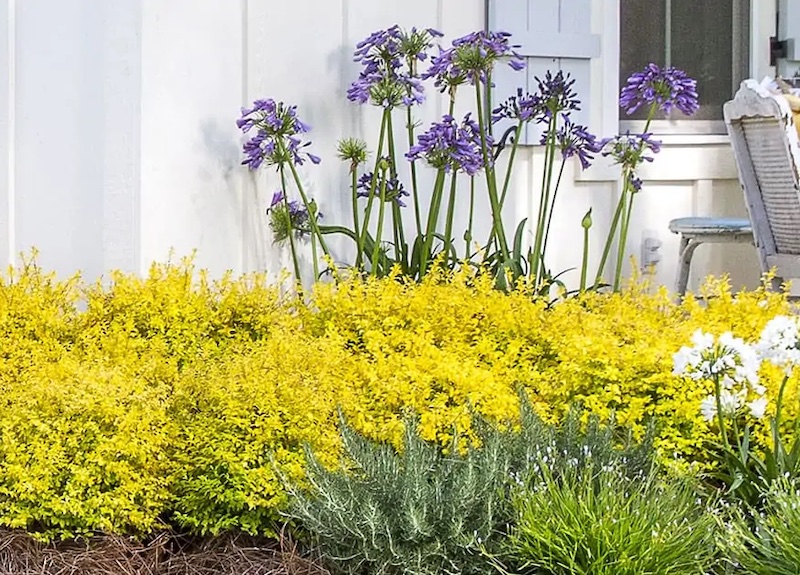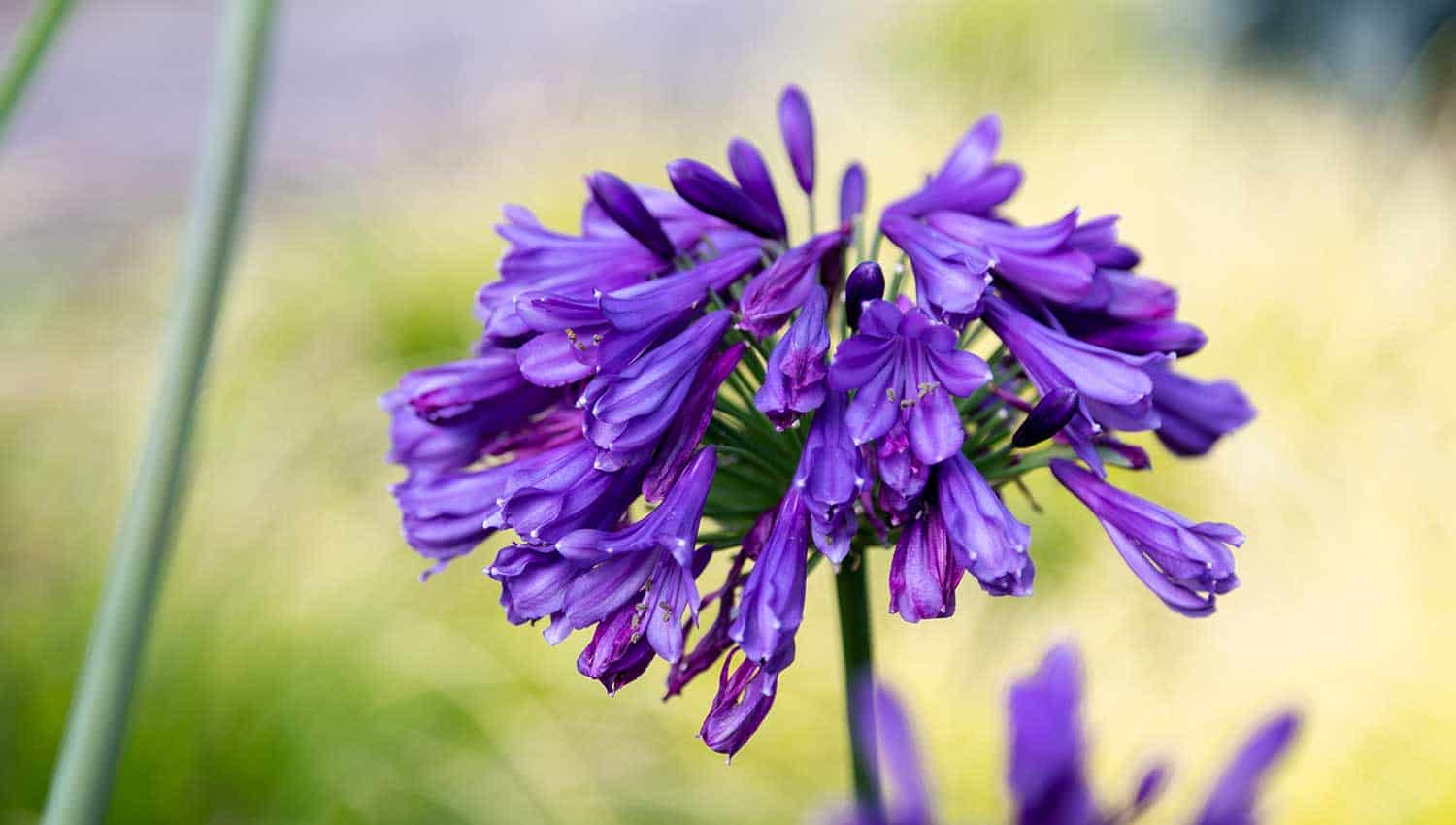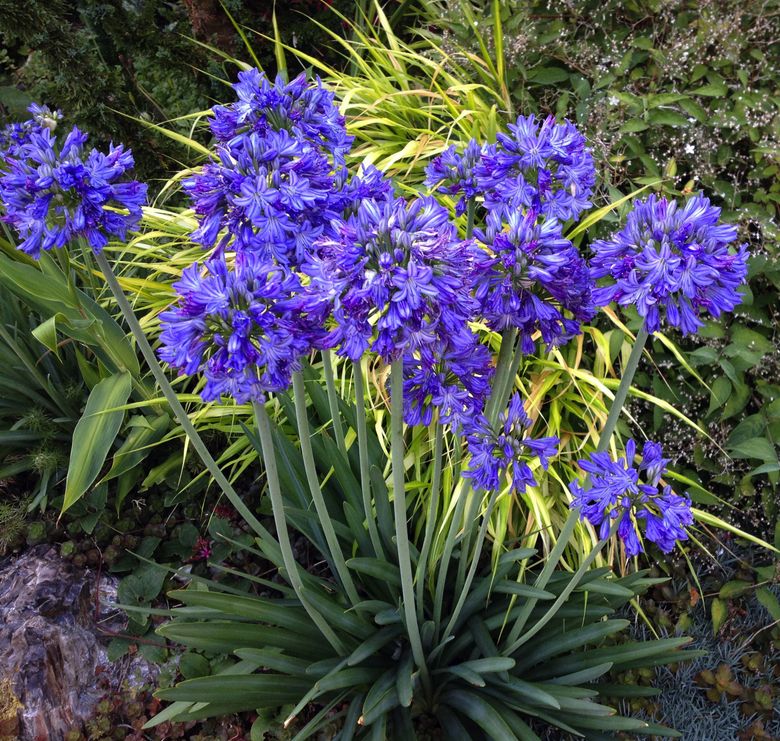Agapanthus Proliferation: Tips for Expanding Your Plant Collection
Agapanthus Proliferation: Tips for Expanding Your Plant Collection
Blog Article
The Ultimate Agapanthus Manual: Every Little Thing You Required to Understand About Growing, Keeping, and Delighting In These Stunning Flowers
Within the realm of horticulture, couple of blossoms emanate the beauty and beauty quite like agapanthus. From their striking clusters of trumpet-shaped blossoms to their lush, grass-like foliage, these plants have captured the hearts of numerous yard enthusiasts. The Ultimate Agapanthus Manual functions as a detailed guide to aid you navigate the world of these magnificent blossoms, covering everything from choosing the perfect range for your yard to mastering the art of upkeep and treatment. Whether you are an experienced garden enthusiast looking to improve your landscape or a newbie eager to check out the elegance of agapanthus, this handbook guarantees to be an important resource.

Agapanthus Ranges: Choosing the Right One
When picking an Agapanthus selection, it is necessary to think about elements such as bloom shade, elevation, and hardiness to make certain the ideal suitable for your garden. The flower color of Agapanthus varies from shades of purple and blue to even bi-colored and white blossoms, providing a vast range of options to enhance your garden's color design. Furthermore, height is a vital variable to take into consideration as Agapanthus varieties can vary from dwarf ranges that remain under a foot tall to bigger varieties that can get to up to 4 feet in height. Understanding the height capacity of your picked variety is vital for correct placement within your garden landscape. In addition, hardiness needs to be taken into consideration to make sure the Agapanthus selection can flourish in your specific climate conditions. By meticulously assessing these aspects, you can choose an Agapanthus range that not only enhances the aesthetic allure of your garden but likewise prospers in its environment.

Planting Tips for Healthy Development
To ensure successful growth and growth of Agapanthus plants, appropriate growing methods are vital for establishing a healthy and balanced foundation. Begin by picking an appropriate location that obtains full sunlight to partial shade, as Agapanthus prospers in these conditions.
When growing Agapanthus, see to it the crown-- where the roots fulfill the stems-- goes to dirt degree. Spacing between plants must have to do with 12-24 inches to enable for adequate airflow and Click This Link future development. Water newly grew Agapanthus deeply to help the origins develop themselves. Mulching around the plants can aid keep wetness and subdue weeds.
Regular watering is critical, especially during the expanding period, to advertise healthy and balanced blooming. Feed Agapanthus in the springtime with a balanced fertilizer to support robust growth and dynamic blossoms. By complying with these growing tips, you can delight in growing and gorgeous Agapanthus plants in your yard.
Necessary Treatment and Upkeep Practices
Having developed a solid foundation via appropriate planting strategies, the next vital step for ensuring the wellness and vigor of Agapanthus plants lies in executing vital treatment and maintenance practices. Agapanthus plants profit from a balanced fertilizer application in the spring to sustain healthy development and dynamic flowers.
Deadheading spent blossoms promotes continual flowering and avoids the plant from expending power on seed production. In addition, splitting crowded clumps every couple of years invigorates the plants, promotes much better flowering, and stops overcrowding. Agapanthus plants are normally low-maintenance however might take advantage of routine evaluation for illness and pests. Slugs and snails can be managed via manual elimination or environmentally pleasant insect control approaches. By following these crucial care and maintenance techniques, gardeners can appreciate the beauty of Agapanthus plants every year (Agapanthus).
Making Best Use Of Blooms: Feeding and Watering
Executing a calculated feeding and watering program is essential for optimizing the flowering capacity of Agapanthus plants throughout the growing period. Agapanthus plants need a balanced method to feeding and watering to create a wealth and thrive of stunning blooms.
In terms of watering, Agapanthus plants favor regularly damp yet well-drained dirt. By following a consistent feeding and watering routine, you can ensure that your Agapanthus plants flourish and create a remarkable screen of blooms.
Innovative Ways to Appreciate Agapanthus Flowers
Cut Agapanthus blossoms can be prepared in a flower holder on their mixed or own with other complementary blossoms to add a touch of beauty to any room. Planting Agapanthus in collections along borders or pathways can create a striking aesthetic influence in your garden. Additionally, you can make use of Agapanthus blossoms to include a pop of shade to your outdoor patio or balcony by positioning potted plants tactically to brighten up your outside living rooms.

Final Thought
In verdict, agapanthus blossoms are a gorgeous addition to any Homepage garden, with a selection of varieties to choose from. Get imaginative with just how you appreciate agapanthus, whether in arrangements, setups, or as a focal factor in your garden.

Agapanthus plants profit from a balanced fertilizer application in the spring to sustain healthy growth and vivid blooms.
Carrying out a strategic feeding and watering routine is important for making best use of the flowering capacity of Agapanthus plants throughout the growing period. Agapanthus plants call for a balanced method to feeding and watering to create a wealth and grow of gorgeous flowers. In addition, you can make use of Agapanthus flowers to add a pop of color to your go to these guys patio or terrace by putting potted plants purposefully to brighten up your exterior living spaces.
Report this page